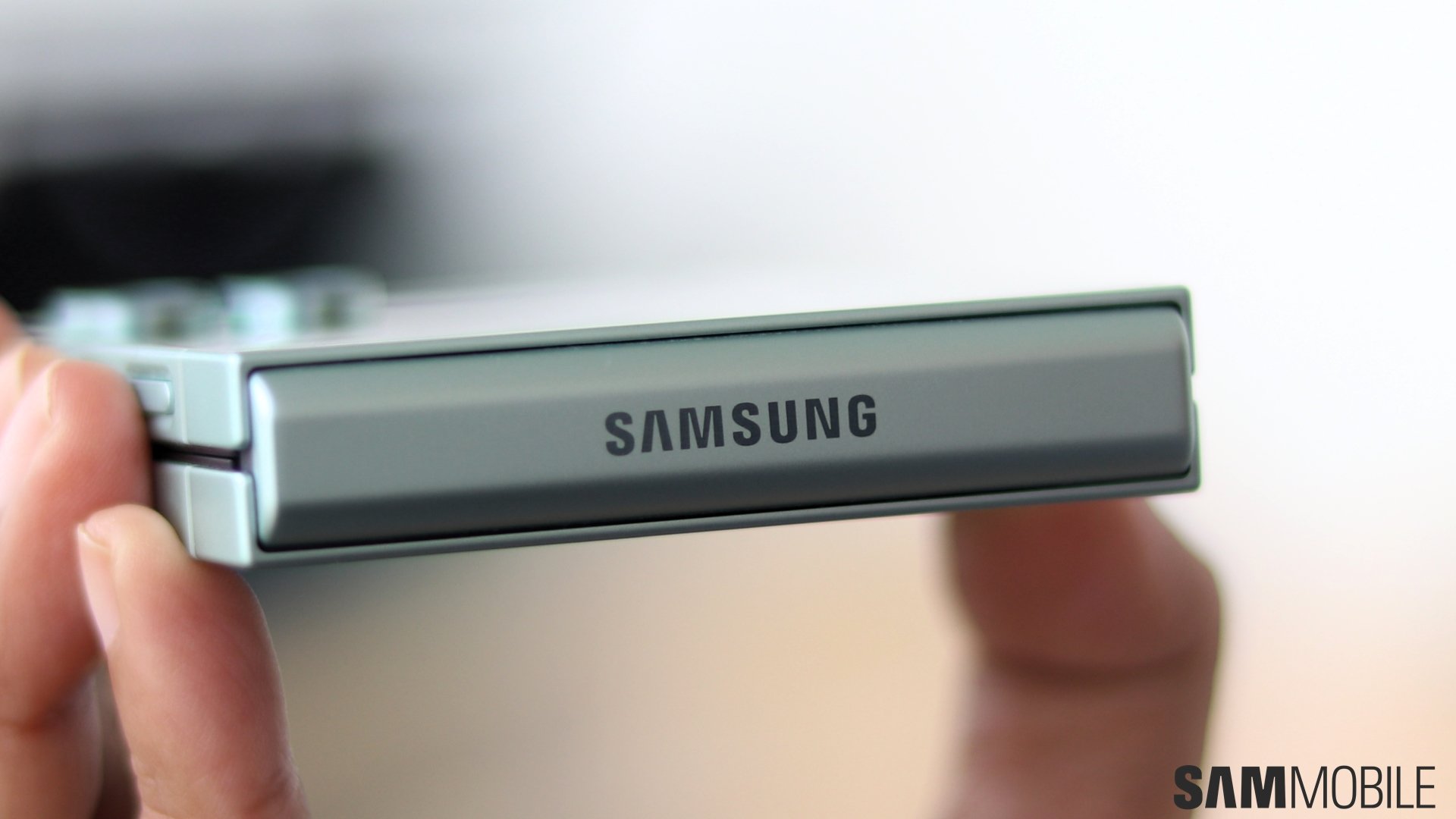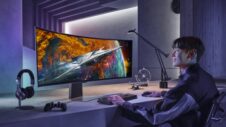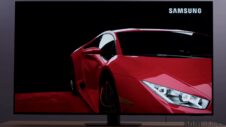Very few consumer electronics companies get close to Samsung's level regarding the amount of stuff it manufactures. Not for nothing has Samsung earned the label of a consumer electronics giant. However, being so prolific doesn't come without issues, and one downside that customers might have had to deal with first-hand over the years is confusion.
Products with strings of letters and numbers instead of names; no easy way to determine the manufacturing year of a device; lack of information regarding the performance level of some products relative to others — all these factors used to cause headaches for many potential customers who weren't acquainted with Samsung's methodology.
Thankfully, as the idea of AI and IoT (Internet of Things) continued to gain more traction over the past few years, Samsung took giant leaps to ensure that potential customers don't get lost in a sea of confusing products bunched up on its e-shop. Even though there's room left for improvement, things have never looked better than they do now.
Samsung's product portfolio keeps getting more user-friendly
As Samsung grows into a full-blown IoT product company, our interest in its device ecosystem does the same. Many SamMobile members have gone past the point of using only Galaxy phones. We use Samsung laptops, tablets, wearables, smart TVs, PC monitors, and even home appliances. And most of these devices come together and link up on our Galaxy phones through the SmartThings app.
But we have to admit that one big reason why we even began expanding our horizons was because Samsung started expanding its mobile strategy to other products.
AI and SmartThings are now the glue to the Samsung device ecosystem, but even ignoring these key components, Samsung is simply doing a better job than ever in presenting its product portfolio:
- Galaxy Book laptops are easy to understand. No more Flex, Book Ion, or other random names.
- Monitor names are no longer made up of seemingly random strings of letters and numbers. They're split between clear lineups. Odyssey for gamers, ViewFinity for office and more professional work, and Smart Monitor for customers who want a more complete monitor + Tizen smart TV experience all-in-one.
- TVs start with the low-end Crystal lineup and evolve through the mid-range QLED, the high-end Neo QLED, and the premium OLED and lifestyle models.
- Even smart vacuum cleaners and home appliances are easier to identify, thanks to better naming schemes like Jet Stick and Jet Bot.
- Select products released in 2024 prominently use “AI” in their names if they use the latest AI technologies. It's an easy way to identify the more powerful products in a lineup.
Things still aren't perfect, and prospective buyers still have to do some extra research in some cases if they want to know exactly what they're buying. Not everything works like it does on the Galaxy mobile side of things. And even if different TV lineups have distinctive names, prospective buyers might confuse QLED and Neo QLED. Without looking at spec sheets in greater detail, they might not know which series is actually better.
By the way, if you're wondering, Neo QLED is the superior series, mainly because Neo QLED TVs have local dimming.
As a fan of all things Samsung, I am glad to see that the company has learned from its mobile division. As some of you might recall, the Galaxy phone portfolio used to be quite messy a few years ago, but Samsung simplified things, particularly around its Galaxy A lineup, and made everything clearer for everyone.
Now, in the AI era, it looks like Samsung is trying to apply a similar strategy across the entire device portfolio and IoT ecosystem. We welcome these changes with open arms and hope that Samsung won't stop here.







